Solar energy, combined with cost-saving energy-efficiency measures can save low-income families much-needed money – and GRID Alternatives has created a partnership to spread the benefits of the blended strategies.
Yesterday, the solar non-profit announce a partnership with the Association for Energy Affordability (AEA) called the Energy Efficiency and Solar Partnership (EESP), which will leverage AEA’s expertise in energy efficiency with GRID Alternatives’ low-income solar model. The combined program will target owners and managers of affordable multifamily housing in New York state for implementation.
Low-income, multifamily housing is often situated in older buildings for owners who lack the capital necessary to implement the latest energy-efficiency equipment or add solar arrays. Although costs for solar and energy-efficiency equipment continue to fall, many low-income landlords run into challenges like up-front costs, lack of access to capital and complex financing requirements. In addition, landlords often don’t see the utility of installing such systems, which would necessarily cut into their bottom lines.
To alleviate these practical difficulties facing many low-income landlords, EESP will tap philanthropic funding and add government and utility energy-efficiency-program funding to reduce the costs of technical assessments, design services and system installation.
In keeping with GRID Alternatives’ mission, the projects will also train local residents for the installation of the solar and energy-efficiency systems. The goal of EESP isn’t merely to save money but to provide life skills for the residents to give them opportunities to find gainful employment.
“By offering both solar and energy efficiency, [our two organizations] will serve our shared mission of reducing the burden for low-income New Yorkers who pay the largest portion of their income in energy costs,” said Peter Mandelstam, executive director of GRID Alternatives Tri-State.
AEA underlined the importance of upgrading low-income housing to bring them in line with modern energy efficiency standards.
“Upgrading or replacing inefficient or deteriorated building systems to optimize their performance is a critical first step that increases occupant comfort and reduces the energy and water consumption of the building and their associated costs,” said David Hepinstall, executive director of AEA. “This [partnership] paves the way to design a solar energy system that can now supply a larger share of the building’s energy requirements and further reduce both owner and resident utility bills,”
The partnership earned praise from the New York State Energy Research and Development Authority (NYSERDA), a public-benefit corporation that offers objective information and analysis, innovative programs, technical expertise, and support to help New Yorkers increase energy efficiency, save money, use renewable energy and reduce reliance on fossil fuels.
“The EESP is an exciting initiative that offers the potential for developing a model for the successful integration of energy efficiency and solar PV to lower energy costs and enhance comfort for residents of affordable multifamily housing,” said John B. Rhodes, president and CEO of NYSERDA. “Partnerships like this are critical to achieving Governor Cuomo’s Reforming the Energy Vision, for energy that is cleaner, more affordable, and more resilient for all New Yorkers.”
According to the governor’s office, New York has grown its solar capacity 795% in the past five years.
This content is protected by copyright and may not be reused. If you want to cooperate with us and would like to reuse some of our content, please contact: editors@pv-magazine.com.

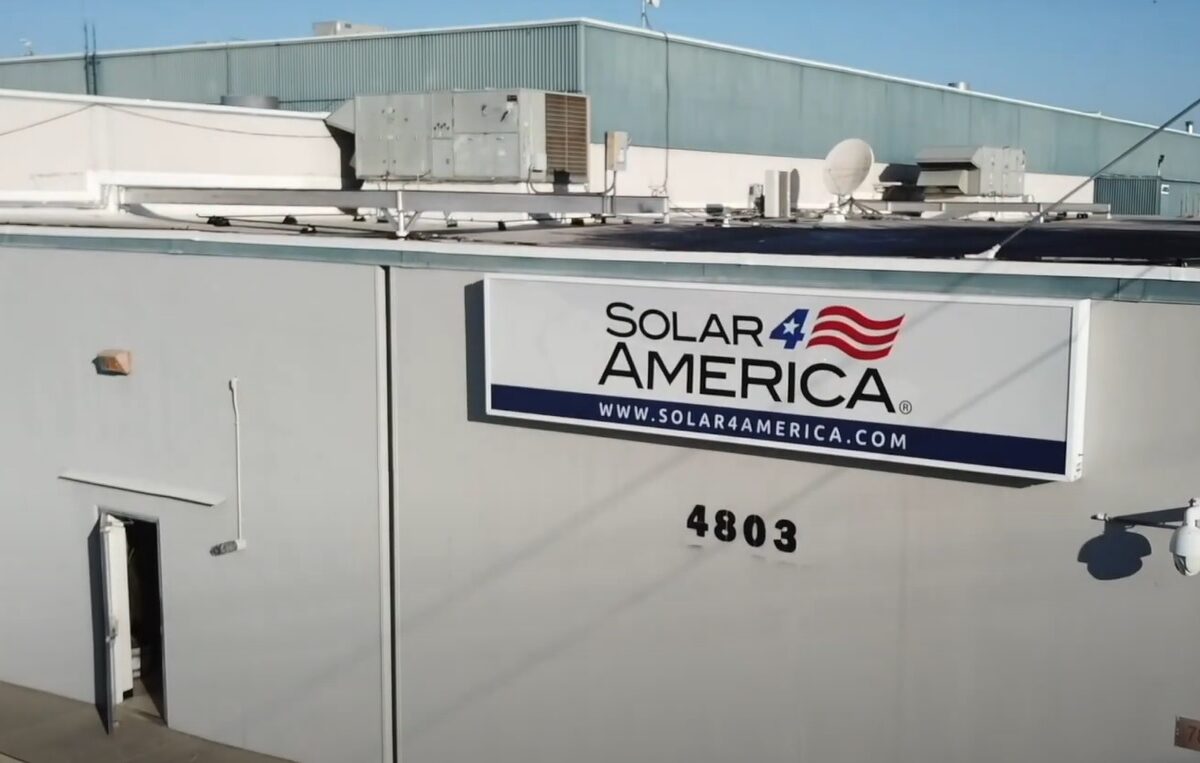

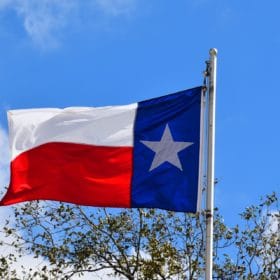
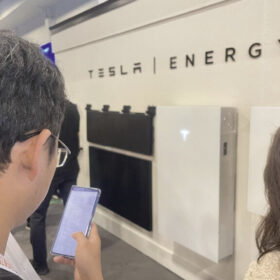
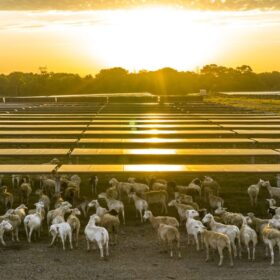

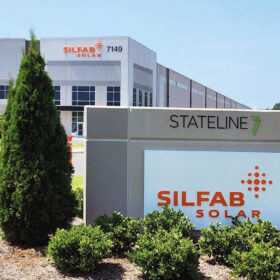
By submitting this form you agree to pv magazine using your data for the purposes of publishing your comment.
Your personal data will only be disclosed or otherwise transmitted to third parties for the purposes of spam filtering or if this is necessary for technical maintenance of the website. Any other transfer to third parties will not take place unless this is justified on the basis of applicable data protection regulations or if pv magazine is legally obliged to do so.
You may revoke this consent at any time with effect for the future, in which case your personal data will be deleted immediately. Otherwise, your data will be deleted if pv magazine has processed your request or the purpose of data storage is fulfilled.
Further information on data privacy can be found in our Data Protection Policy.